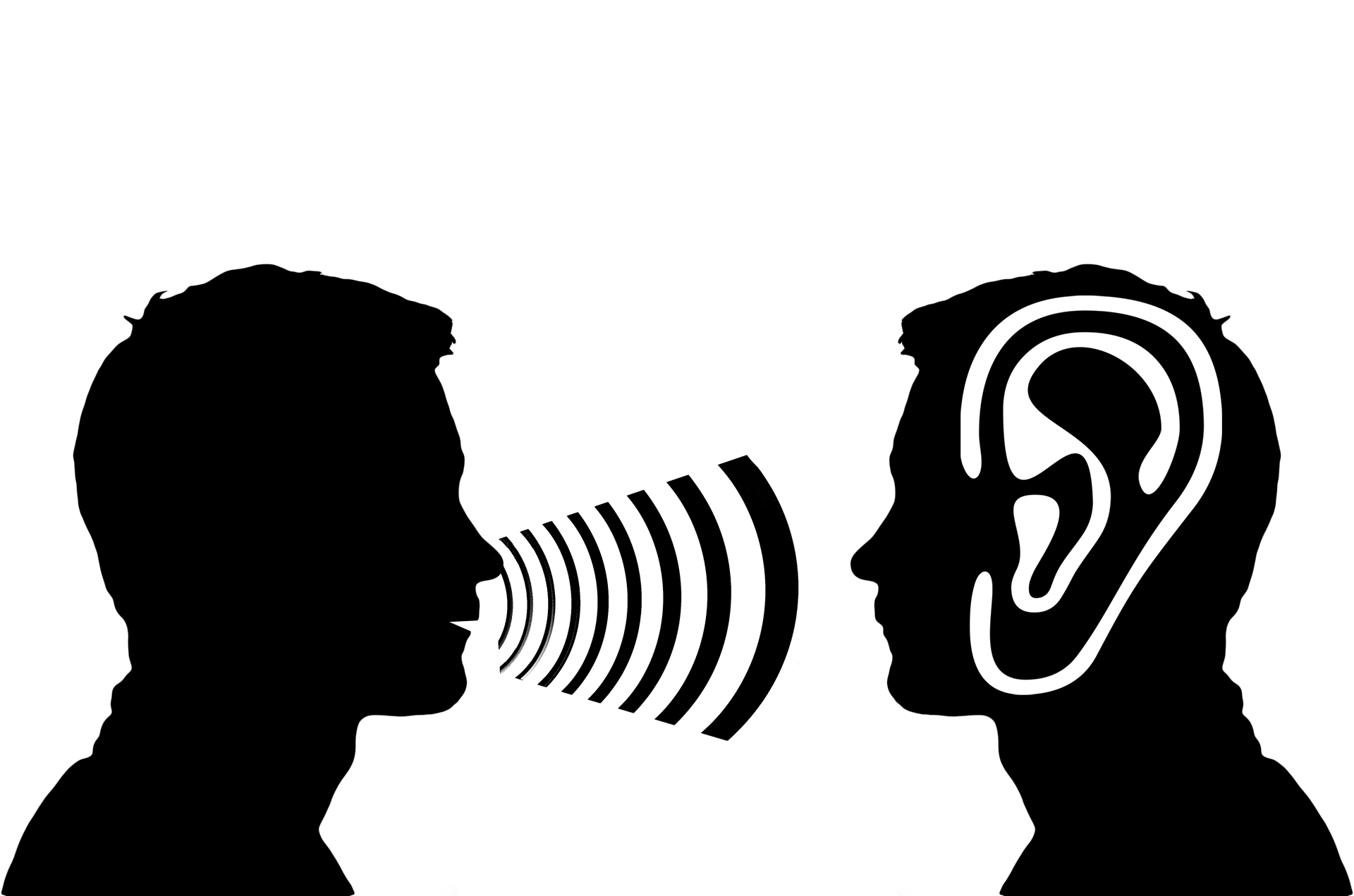Ototoxicity isn’t a word we are necessarily that familiar with, but it’s one workers and employers should know. A lot of time and resources have been spent discussing hearing loss due to excessive noise for extended periods of time, but did you know that you can also suffer hearing loss from chemicals and other foreign materials getting into your ear? No? That’s why we need to know about ototoxicity.
What is ototoxicity?
Ototoxicants are defined as chemical substances that cause damage to the inner ear. These chemical substances are commonplace in the trucking industry, such as carbon monoxide and toluene. Ototoxicants cause hearing loss by one of several methods. Decreasing the level of antioxidants in the body makes the inner ear more vulnerable to noise exposure. Toxins in certain chemicals will poison the hair cells causing damage or disrupt the transmission of signals from the auditory nerve and auditory pathway to the brain. Some ototoxicant chemicals interfere with the cellular calcium regulation of inner ear cells which will impede their growth. Others may negatively impact the muscles in the inner ear which minimizes their shock-absorbing abilities.
What role does it play in the workplace?
In the workplace, we need to be aware of what we are exposed to and how it can impact us. Depending on where you work, it may be a bigger issue than in other workplaces. Working in an office setting, I have a lower chance of suffering from ototoxicity. My friend who works in a paint shop faces a much higher risk of getting chemicals in their ears.
Ototoxicant considerations should be included in risk assessment matrices. For this to be possible, stakeholders and workers performing risk assessments must be educated on this topic. While the topic of ototoxicants and their effects on workers is an emerging topic, it remains a workplace hazard and the hierarchy of controls should be adhered to when addressing it. Further recommendations include adding ototoxicant considerations to hearing conservation programs, requiring audiometric testing for employees who are regularly exposed to ototoxicant and educating employers on dual exposure risks, which make workers especially susceptible to noise-induced hearing loss.
These are some recommended best practices when it comes to addressing ototoxicants in the workplace. While there is no specific legislation surrounding this hazard at this time, that should not stop employers from trying to do the right thing in the workplace to ensure employees do not suffer hearing loss as a result of otoxicity.
For companies who are registered in the RPM program, RPM can provide auditory testing at your workplace. While this won’t address ototoxicants specifically, it will address another source of hearing loss in the workplace: excessive noise.

